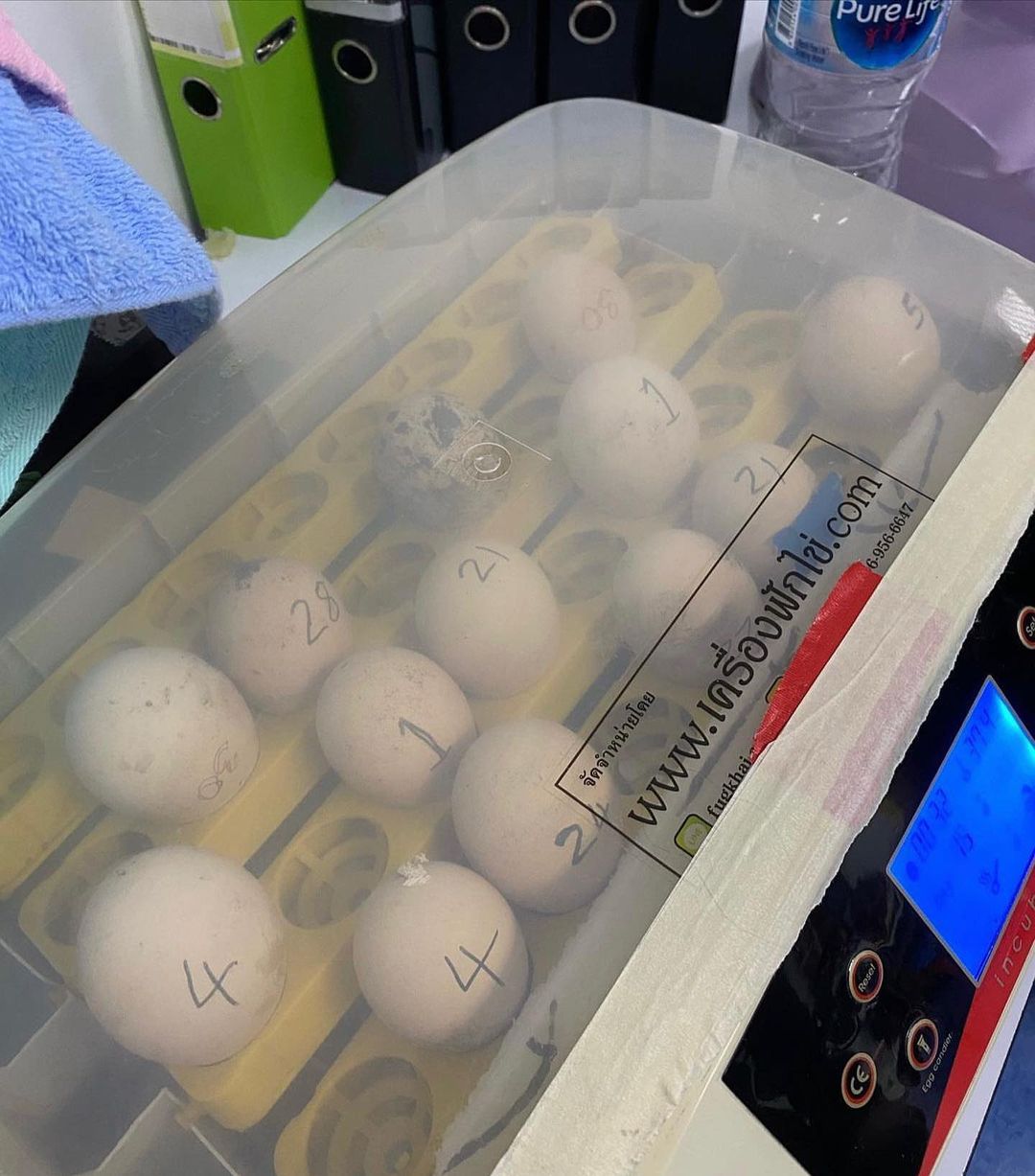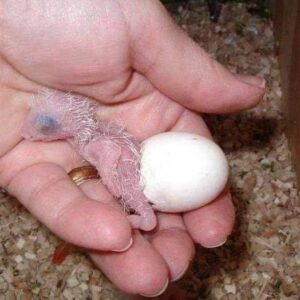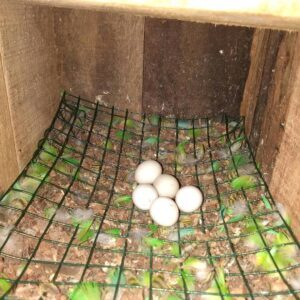Have you ever dreamed of raising your own flock of vibrant, squawking parrots? Imagine the joy of watching tiny eggs transform into beautiful, thriving birds right before your eyes. For one lucky parrot enthusiast, this dream became a colorful reality, thanks to a remarkable experience with a top-notch egg supplier.
Picture this: every single egg hatching without a hitch, each newborn parrot flourishing beyond expectations. It sounds almost too good to be true, doesn’t it? But that’s precisely what happened in this heartwarming tale of avian success. The secret ingredient? An egg supplier that went above and beyond, providing not just high-quality eggs but also stellar customer service that left our bird lover singing their praises.
In this blog post, we’ll dive into the fascinating journey of successful parrot breeding, from the crucial hatching process to the delightful development of these feathered friends. We’ll explore the exceptional customer service that made all the difference and uncover the importance of choosing premium parrot eggs. Finally, we’ll discuss why partnering with a reliable egg supplier can be a game-changer for both novice and experienced bird enthusiasts alike. So, let’s spread our wings and soar into this captivating story of parrot-rearing triumph! 🦜✨
Successful Hatching of Parrot Eggs
A. Optimal incubation conditions
Creating the perfect environment for parrot eggs to hatch is crucial for their successful development. The key factors to consider include temperature, humidity, and ventilation. Maintaining a consistent temperature between 37.2°C to 37.5°C (99°F to 99.5°F) is essential for most parrot species. Humidity levels should be kept around 50-55% for the first 18 days, then increased to 65-70% during the last few days before hatching.
B. Ensuring all eggs hatch safely
To maximize the chances of all eggs hatching successfully, it’s important to:
Turn eggs regularly (at least 3-5 times daily)
Maintain cleanliness in the incubator
Monitor egg weight loss (should be about 13-15% by day 18)
Candle eggs periodically to check development
Day | Action | Purpose |
|---|---|---|
1-18 | Turn eggs 3-5 times daily | Prevent embryo sticking |
7, 14 | Candle eggs | Check development |
18 | Stop turning, increase humidity | Prepare for hatching |
C. Monitoring the hatching process
As the hatching day approaches, close observation is crucial. Signs of hatching include:
Egg rocking or moving
Chirping sounds from inside the egg
Small cracks or “pipping” on the shell surface
It’s important to resist the urge to assist unless absolutely necessary, as premature intervention can harm the chick. Once hatching begins, it can take anywhere from 12 to 36 hours for a chick to fully emerge.
With these optimal conditions and careful monitoring, all eggs can hatch successfully, leading to healthy parrot chicks. This successful hatching process sets the stage for the thriving development of the young parrots, which we’ll explore in the next section.
Thriving Parrot Development
Now that we’ve covered the successful hatching of parrot eggs, let’s explore how these young birds develop and thrive. Proper care during the early stages of a parrot’s life is crucial for their long-term health and well-being.
A. Addressing potential health concerns
When raising young parrots, it’s essential to be vigilant about potential health issues. Here are some key concerns to watch out for:
Respiratory problems
Nutritional deficiencies
Feather plucking
Parasitic infections
Regular check-ups with an avian veterinarian can help catch and address these issues early.
B. Monitoring growth milestones
Tracking your parrot’s growth is crucial to ensure they’re developing properly. Here’s a simple milestone chart for the first few months:
Age | Milestone |
|---|---|
1-2 weeks | Eyes open, pin feathers appear |
3-4 weeks | First feathers emerge |
6-8 weeks | Begins to explore outside the nest |
8-12 weeks | Starts to wean off formula |
C. Creating an ideal environment
To support thriving parrot development, provide an environment that mimics their natural habitat:
Maintain proper temperature and humidity levels
Offer appropriate perches of varying sizes
Provide toys for mental stimulation
Ensure adequate space for exercise and play
D. Proper nutrition for young parrots
Nutrition plays a vital role in parrot development. As they grow, their dietary needs change:
Initially, feed specially formulated hand-rearing formula
Gradually introduce soft foods like fruits and vegetables
Transition to a balanced diet of pellets, seeds, fruits, and vegetables
By following these guidelines, you can ensure that your parrots develop prächtig (splendidly), just as described in our blog title. With proper care and attention, these young birds will grow into healthy, vibrant adults. Next, we’ll explore the exceptional customer service experience that contributed to this successful parrot-raising journey.
Exceptional Customer Service Experience
Now that we’ve seen how well the parrots developed, let’s explore the exceptional customer service that contributed to this success.
A. Expert guidance and support
The supplier’s team of experts provided invaluable guidance throughout the egg incubation and hatching process. Their wealth of knowledge ensured that customers received accurate information and practical advice tailored to their specific parrot species.
B. Personalized care for each customer
Every customer’s needs were addressed individually, creating a truly personalized experience. This approach allowed for:
Customized incubation schedules
Species-specific care recommendations
Ongoing support during critical stages
C. Prompt responses to inquiries
The supplier’s commitment to timely communication was evident in their quick response times:
Inquiry Type | Average Response Time |
|---|---|
Within 2 hours | |
Phone calls | Immediate |
Live chat | Under 5 minutes |
This responsiveness ensured that customers never felt left in the dark about their parrot eggs’ progress.
D. Clear communication throughout the process
Throughout the entire journey, from egg selection to successful hatching, the supplier maintained clear and consistent communication. They provided:
Regular updates on egg development
Step-by-step guides for each stage
Transparent information about potential challenges and solutions
This exceptional level of customer service not only contributed to the successful hatching of all eggs but also fostered a sense of trust and confidence in the supplier’s expertise. As we move forward, we’ll examine the high quality of the parrot eggs themselves, which played a crucial role in the overall success of the breeding process.




